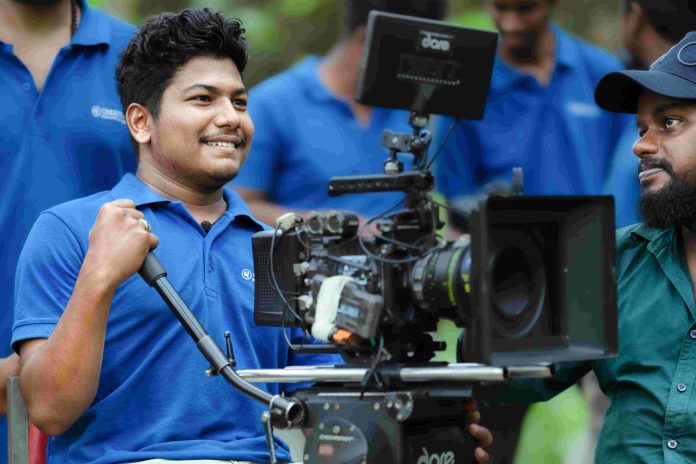Camera movements in a short film Nikoodatha about brothers on a mystery adventure after cricket, enhance storytelling and audience engagement.
In the world of cinema, camera movements are essential for telling a tale, setting the tone, and holding the attention of the audience. This article explores the deft application of diverse camera techniques in a short film that relates the captivating tale of two brothers who go on a mystery adventure after playing cricket.
A static picture that captures the innocence and simplicity of the brothers’ game opens the story. The spectator can take in the scene’s normalcy as long as the camera remains steady. But soon after, the peace is broken by the disappearance of the cricket ball. Then, a pan shot opens up the entire scene, highlighting the brothers’ desperate quest and giving the audience a wider view of their surroundings.
With the search getting more intense, a handheld shot is used. The unsteadiness of the camera reflects the brothers’ anxiety and uneasiness. The intensity of the situation drew viewers in, making them feel the brothers’ fear. This method makes the experience more immersive by bridging the gap between the viewer and the characters.
The story takes a strange turn when one of the brothers finds himself pulled to a secret cave that contains a pond. His circumspect moves are captured in a follow-up picture, emphasising both his curiosity and the foreboding atmosphere of the scene. The character’s curiosity and anxiety are highlighted by the camera’s smooth movement, which keeps a tight relationship with him.
A tilt shot shows his rage and the tension between the siblings when the second brother arrives. In contrast to the earlier interest, the upward movement of the camera shows the angry brother’s dominance and authority. The sequence ends with a pull-out view that progressively reveals the larger context and lessens the tension of the fight as the brothers head back home.
The first brother returns to the enigmatic location early the following morning. A pull-in shot creates tension by gradually bringing the audience into the action. His doom is revealed to be inevitable as he continues his exploration. A dramatic fall into the pond, shown in a mix of dynamic and static images, sets up the suspenseful finale for the audience.
A variety of camera methods are expertly used in this short film to improve storytelling. Every movement in the story, from the straightforwardness of static views to the energy of handheld and follow shots, adds nuance and passion. The film analyses the potent impact of visual storytelling in addition to portraying the story of two brothers through these cinematic decisions.
CASTING: Ashwin & John DOP: Arshad, Tejas, and Heet EDITED BY: Ashwin
Copyrights: All the photos and text in this post are the copyright of Ashwin A S and Creative Hut Institute of Photography. Their reproduction, full or part, is forbidden without the explicit approval of the rightful owners.


